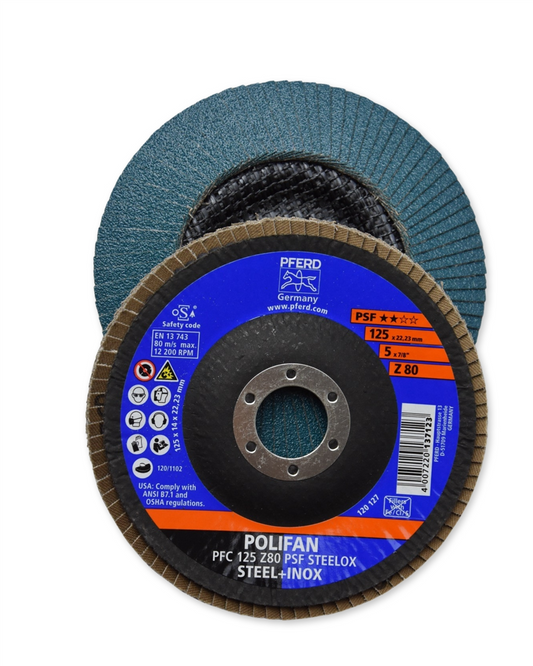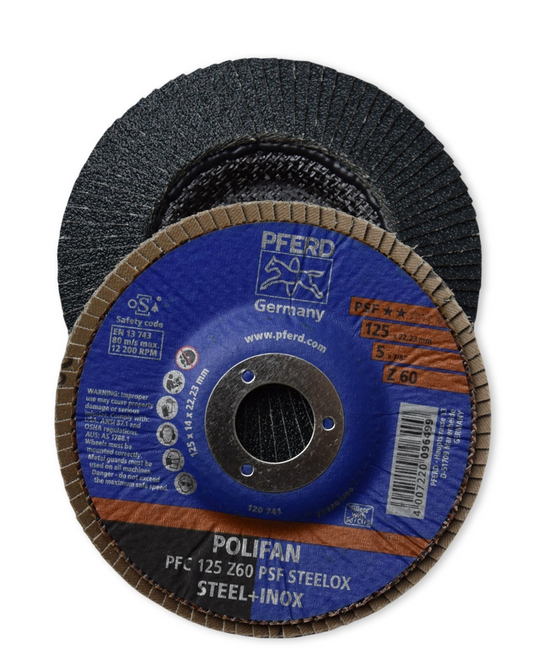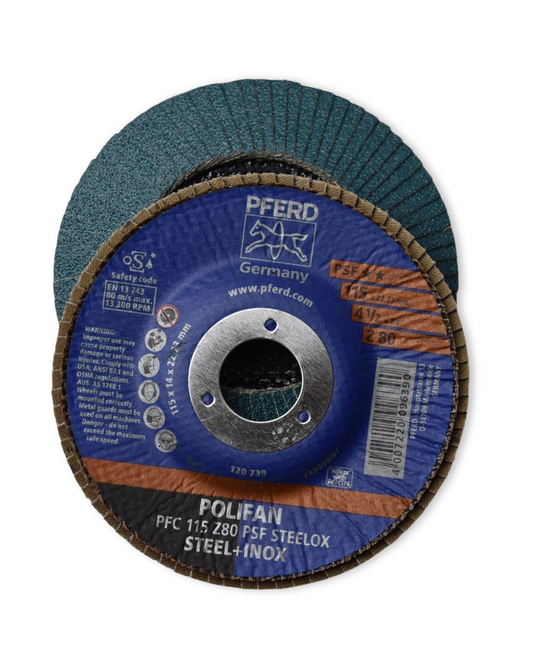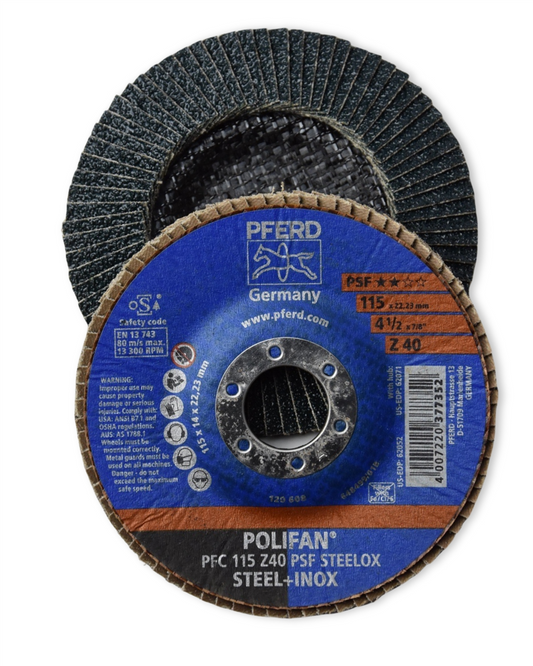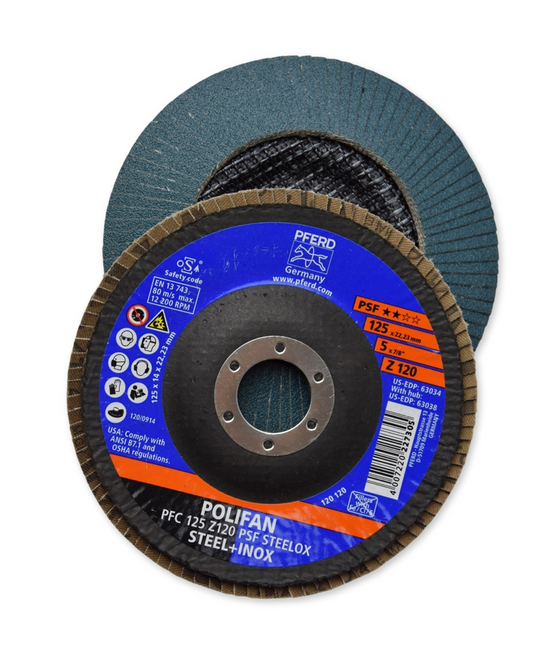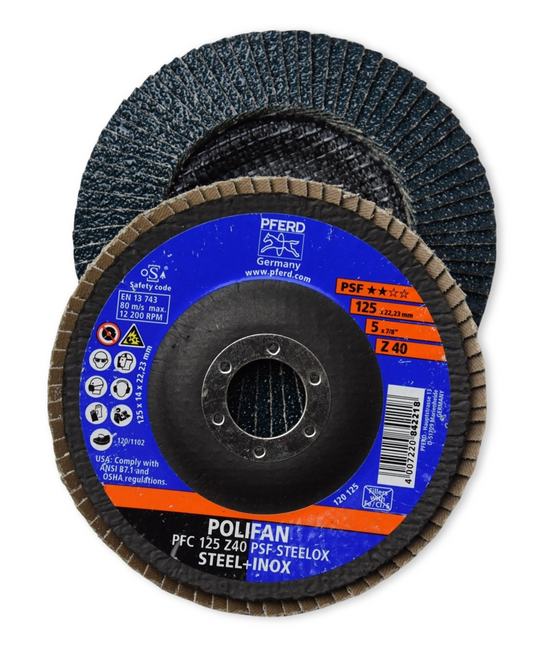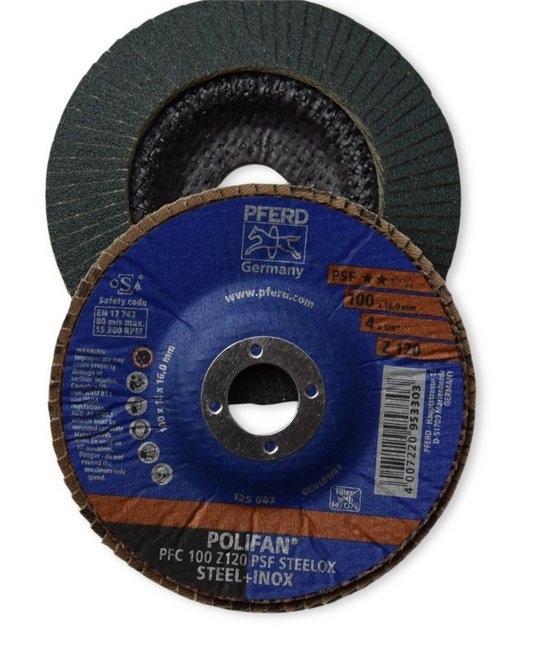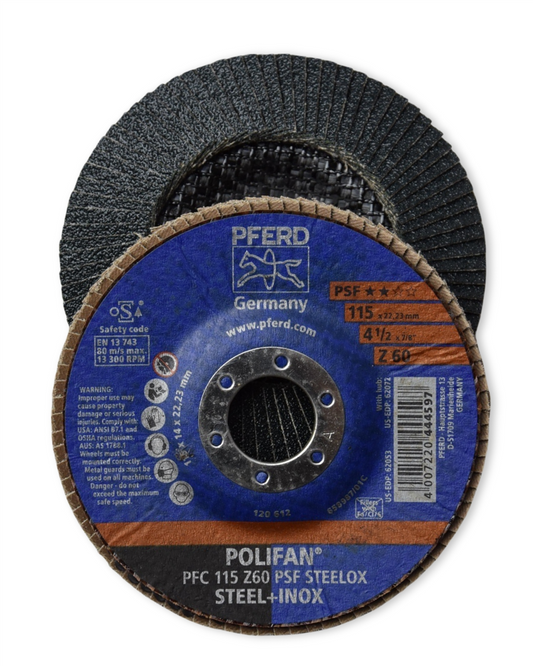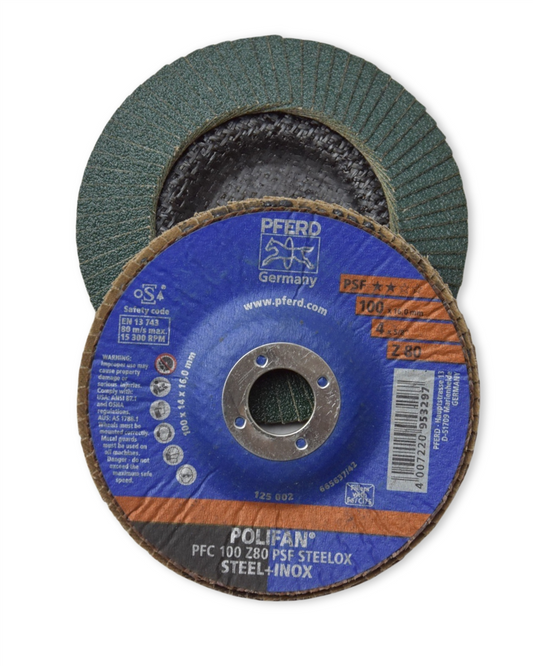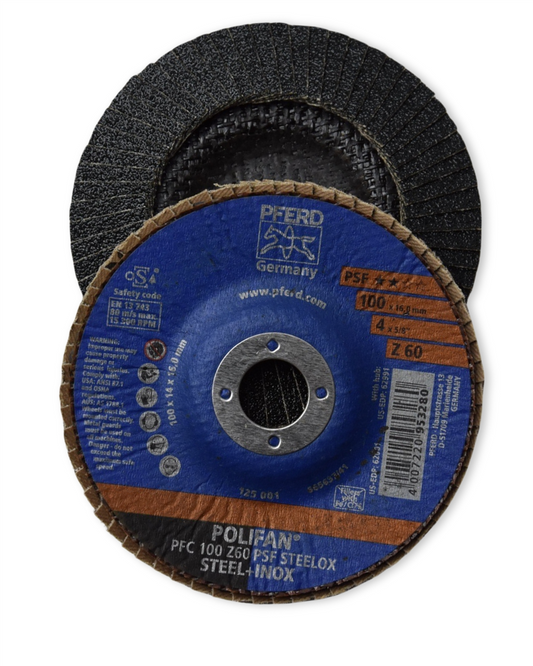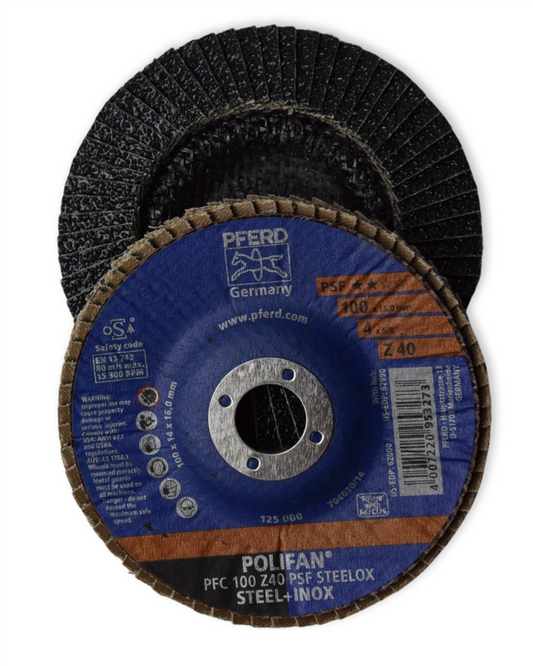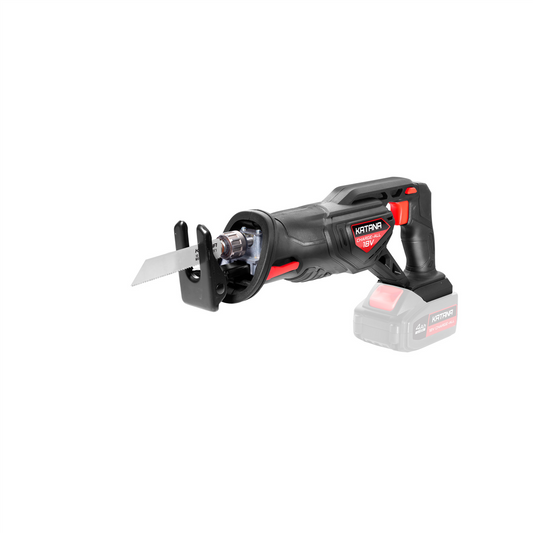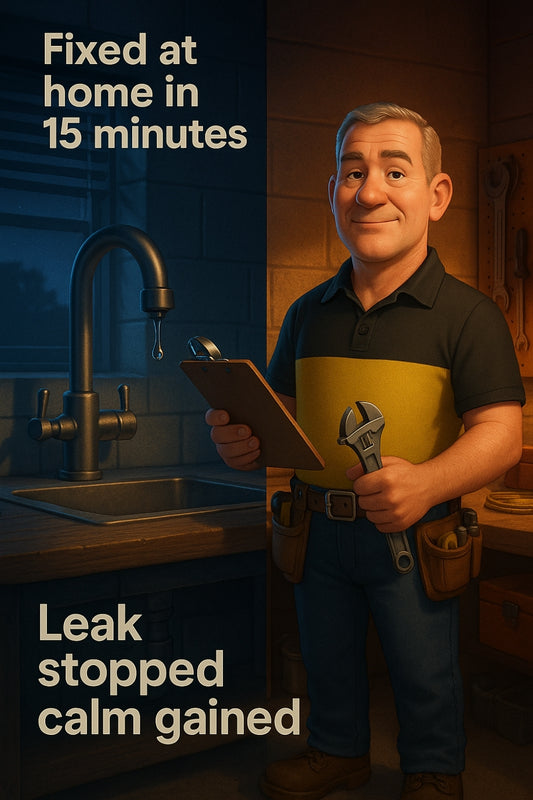How to Use a Combination Square for Accurate Measurements
Share
Master Measurements with a Combination Square
Let’s have a quick chat about one of the most versatile tools every DIY enthusiast, weekend warrior, or aspiring carpenter should own—the combination square. If you've ever measured once and cursed twice, this tool might just become your new best mate. Whether you’re tackling a woodworking project, fine-tuning home maintenance tasks, or crafting something brilliant, a combination square is a simple yet powerful tool that ensures precision every time.
So, pop the kettle on, and let’s dive in.
What Exactly Is a Combination Square?
A combination square is a sliding ruler with a square head that locks in place, designed for measuring, marking, and aligning with accuracy. In some sets, you may find additional attachments like a protractor head for measuring angles and a centre-finder head for locating the middle of round objects, but the core tool consists of a square head and a ruler.
From squaring off timber for a picnic bench to ensuring picture frames hang perfectly straight, this tool is as practical as it is easy to use. No complicated setups, no specialist knowledge—just straightforward functionality that makes every job cleaner and more precise.
Why the Combination Square Is a Game-Changer
This tool is the multitasker of your toolbox. It helps you:
- Mark straight lines for accurate cuts
- Measure angles (90° and 45°) effortlessly
- Check surface levelness with its built-in spirit level
- Find the centre of round objects (if you have a set with a centre-finder head)
By ensuring accuracy in every step, it saves time and frustration—no more lopsided shelves or wobbly tables.
How to Use a Combination Square Like a Pro
1. Measuring and Setting Angles
- Slide the ruler while keeping the square head flush against the edge of your material.
- To mark a 90-degree angle, simply draw along the edge of the ruler.
- For a 45-degree angle, use the angled edge of the square head.
2. Marking Straight Lines
- Place the base of the square firmly against a straight edge.
- Run your pencil along the ruler for a crisp, straight marking line.
3. Checking for Level
- Use the built-in spirit level to check if a surface is even.
- Adjust as needed for a perfectly level finish.
4. Finding the Centre of a Round Object (If Using a Centre-Finder Head)
- Position the centre-finder head against a cylindrical object.
- Draw two intersecting lines—where they cross is the exact centre.
Common Mistakes to Avoid
Even a simple tool can lead to errors if used incorrectly. Here are a few pitfalls to watch for:
- Not holding the tool flush – Rushing can lead to inaccurate markings. Always keep the square head pressed firmly against your material.
- Ignoring calibration – If your combination square has taken a few knocks, check it against a trusted straight edge to ensure it’s still accurate.
- Using the wrong type – Some combination squares are designed for metalwork, while others are ideal for woodworking. Choose the right one for your project.
Top Tips for Long-Lasting Accuracy
- Keep it clean – Wipe it down after use to remove dust, sawdust, or grease.
- Choose the right size – A 12-inch square is a great all-rounder for most tasks.
- Check for wear – Over time, ruler markings may fade. If they do, consider upgrading to a higher-quality tool with etched markings.
Final Thoughts
Whether you’re a weekend tinkerer or a passionate DIYer, a combination square is a must-have tool. It strikes the perfect balance of simplicity and precision, ensuring every cut, joint, and alignment is spot on.
If you don’t have one yet, pop down to Strathalbyn H Hardware, where we stock a range of high-quality tools to suit every project. Our team is always happy to offer advice on the best gear for your needs.
So grab your square, get stuck into that project, and take pride in every sharp, clean angle you achieve.
Happy building!
Cheers,
Candeece

